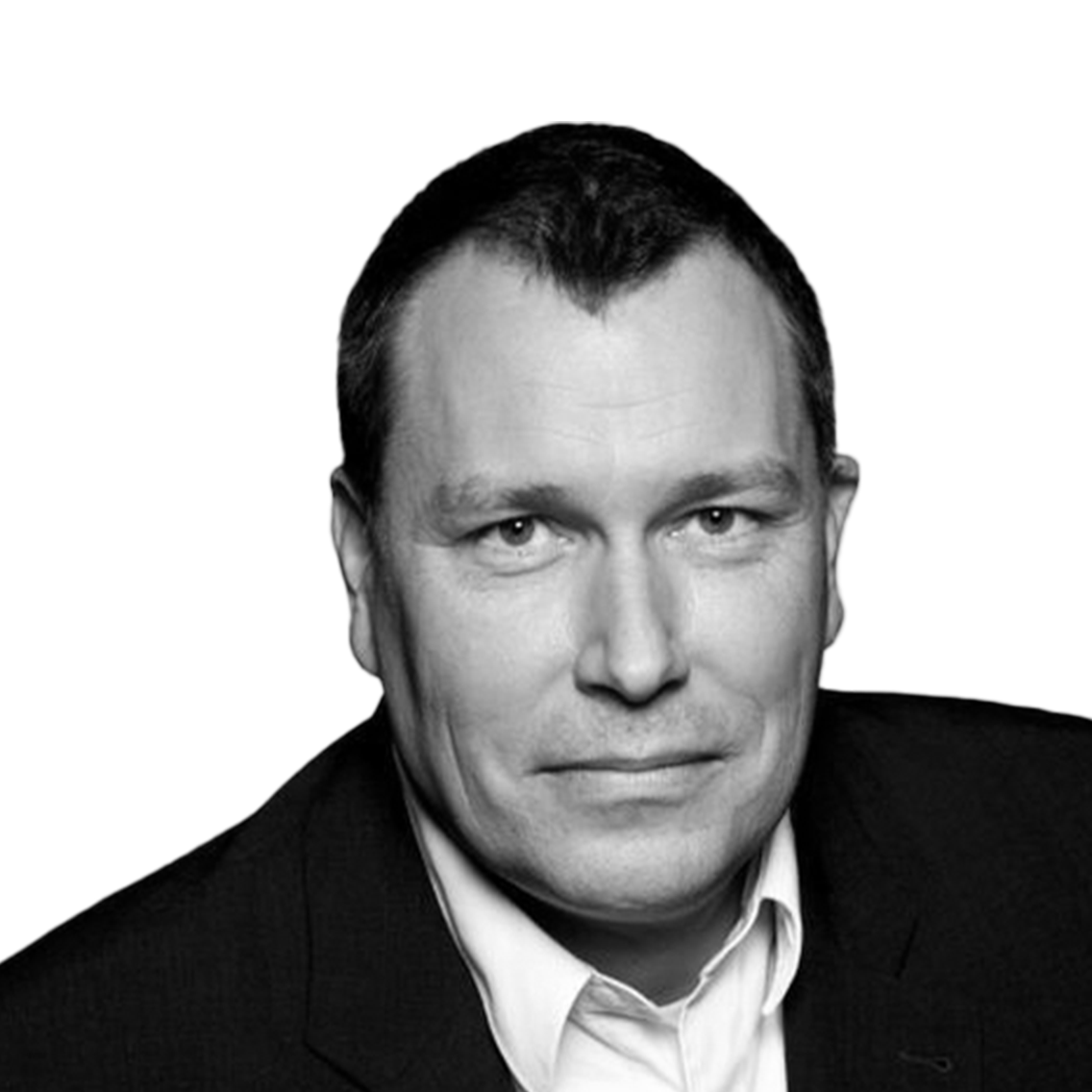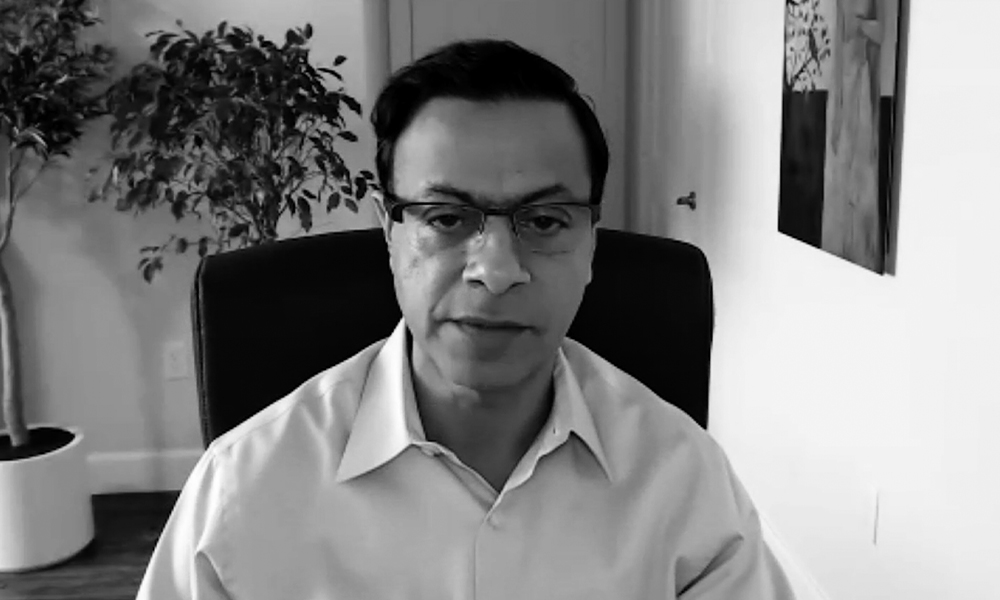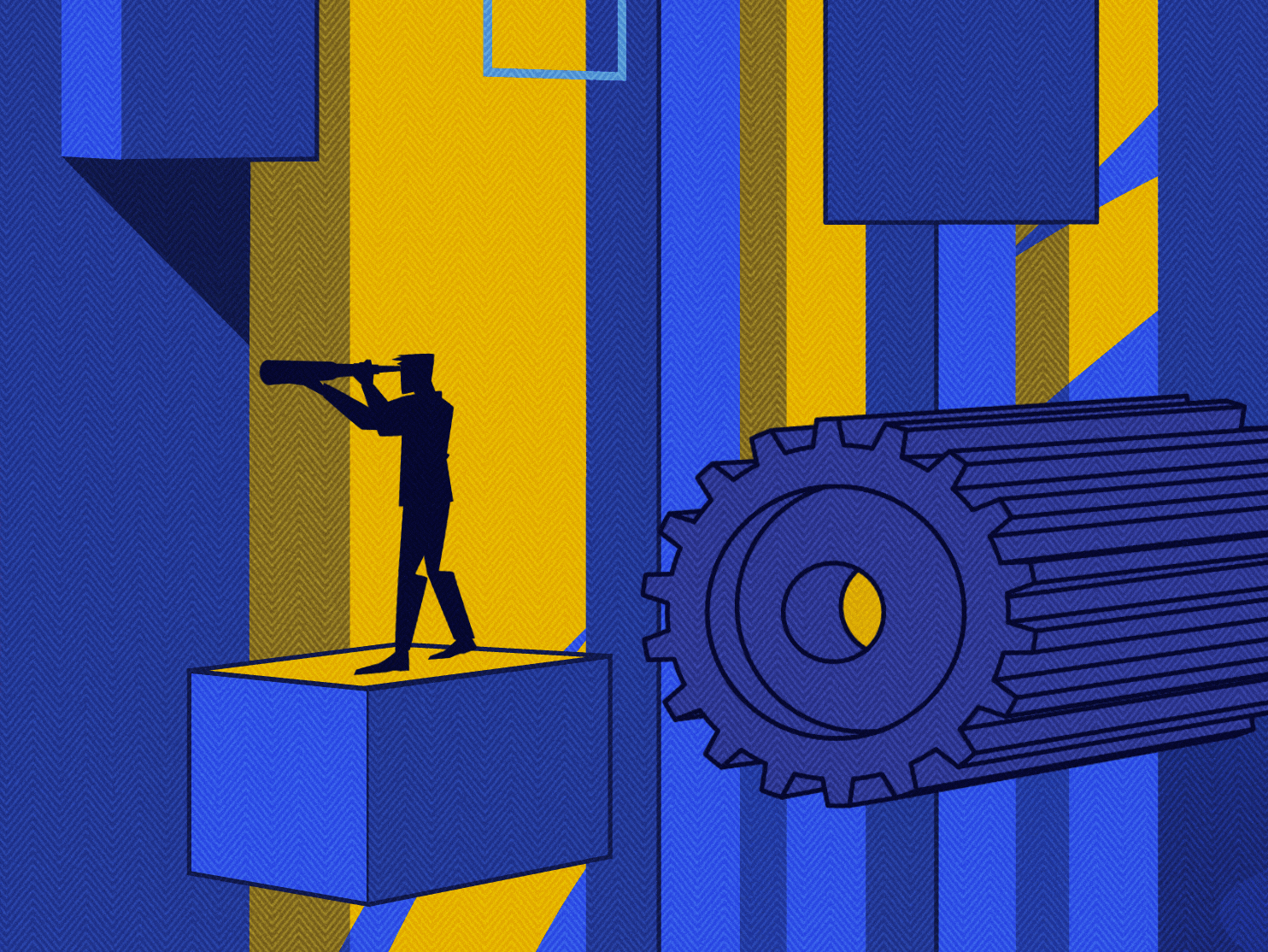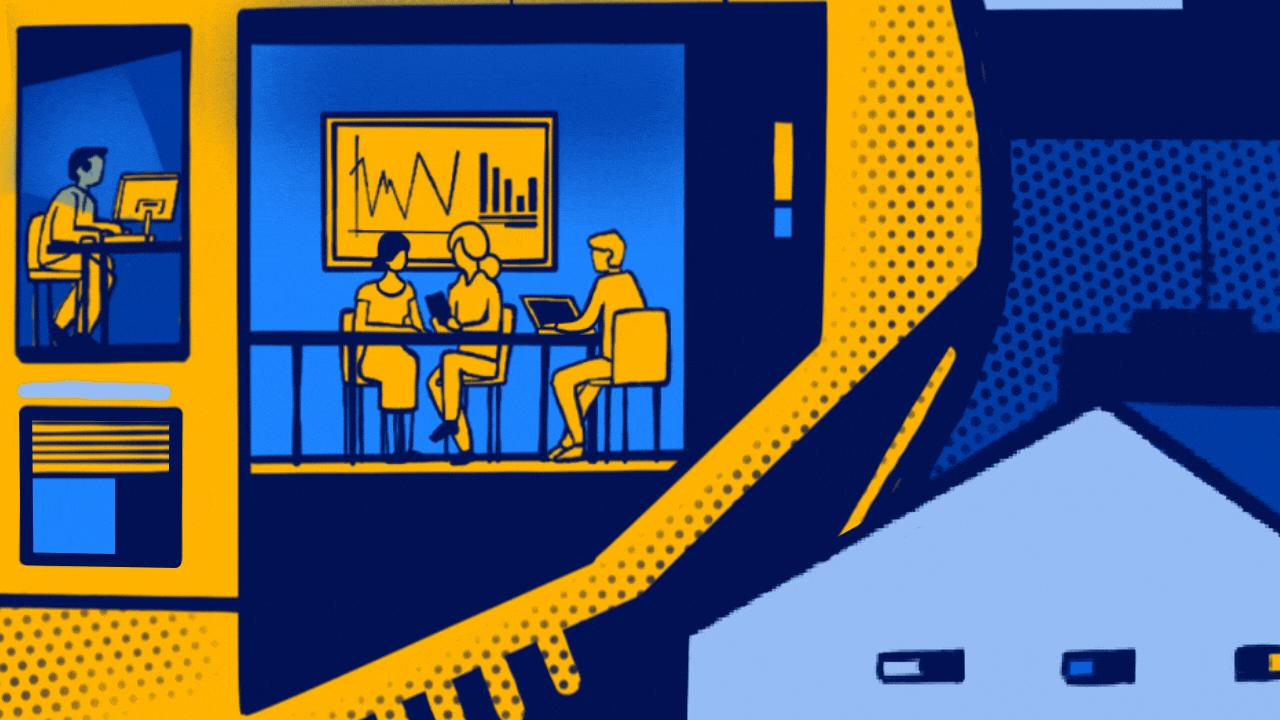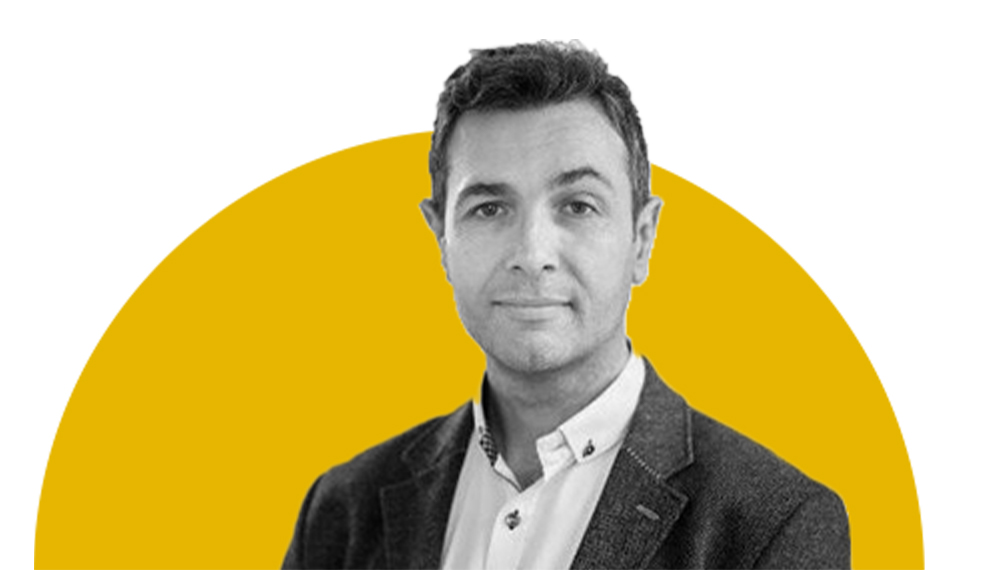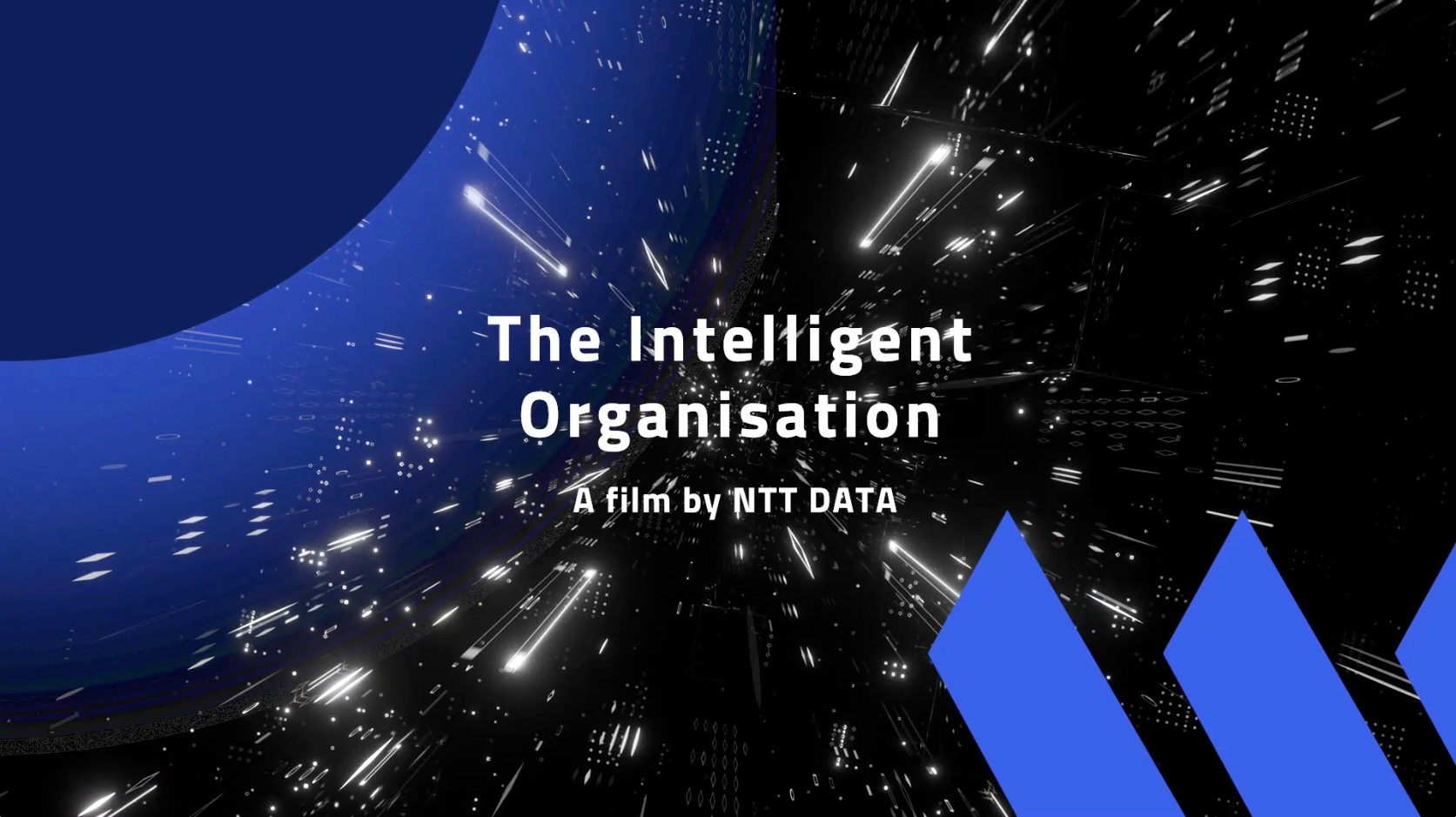
Photograph: Paolo Gregotti/Unsplash
Coronavirus, demographic change, globalisation, climate change, nationalism – the challenges seem to be bombarding us faster and more severely than ever. Unfortunately, there is no ‘stop’ button or magic wand; we have to adapt. And the faster, the better – just as nature has demonstrated to us for millions of years. As the ever-logical Mr Spock astutely noted, “Change is the essential process of all existence.”
This also applies to companies and all kinds of organisations. They need a kind of intelligence that makes them continuously adaptable to internal and external changes (digitalisation, home office, shortage of skilled workers – at present, there are many such problem areas). Leaders increasingly recognise this imperative: 87% of chief data officers surveyed for an IDC report said their top priority was developing an intelligent organisation by 2025.
In an intelligent organisation people become more important, and so too do their relationships to one another.
A people-focused organisation
But when is an organisation intelligent? The definition is subjective. Time and again we read about agility, adaptability, self-organisation, flat levels of hierarchy, creative freedom and a culture that also condones mistakes and learns from them. In an intelligent organisation the people and their relationship to one another are at the centre of everything.
This is not about each and every person doing what they please; intelligence has nothing to do with anarchy. Rather, the actions and adaptations of employees and their teams must be in alignment with the company’s goals. An intelligent organisation accepts that in cases of differing opinions it is the management that makes the final decision after carefully having listened to people and their different positions and opinions. One can, indeed must, talk about everything beforehand but then a decision is reached. And then everyone works towards this goal.
No silver bullet
Just as there is no such thing as the archetypal intelligent organisation, there is no silver bullet or one-size-fits-all solution for achieving this state. The starting point is different in every organisation, but no organisation starts from zero – I have never experienced a completely non-intelligent organisation and I do not believe there is such a thing. Knowledge, skills, initiative, motivation and commitment exist everywhere – only sometimes it is hidden, perhaps because it was not wanted or encouraged by specific managers.
Instead of homing in on the weaknesses, better results are achieved by unearthing and promoting the good with trust, support and coaching. This is not always so easy, especially when it comes to people. We all prefer to watch the Premier League rather than the district leagues and likewise when it comes to job applicants we want to have the best, or at least the ones we think are the best (and who think themselves they are the best). You find the outspoken ones immediately, but what about the quieter ones? They exist in every organisation.
It is like football scouting. The next Messi might be playing for a club somewhere in the back of beyond and is just waiting to be asked to join your team. Or he is already playing in your team, but you have ignored him so far because he doesn’t deliver special tricks. He, however, is silently keeping things together in the background. Look out for this type of person; they may be in a key position that is important for the development of an intelligent organisation.
Hearts and minds
An organisation cannot be shaped by force. People are the very essence, and an organisation is only as intelligent as the people who work within it (if, indeed, they want to work there at all). The war for talent has turned the job market upside down within just a few years. Employees have more choice than ever before – and you, as manager, must offer them something enticing, otherwise young talent will not be attracted, or want to stay very long. I observe that with my two grown-up sons that they are far more likely to question today those decisions which I might have simply accepted when I was in my mid-twenties. As a manager, you need convincing answers.
There I learned what matters: a leader must be able to communicate with everyone, no matter what job they do in the company.
But it is not enough to only satisfy employees’ minds. You also have to reach their hearts. I became aware of this when I started at Giesecke+Devrient. For the first time in my professional career, I stood there in a factory; before that, I worked exclusively in IT. The shift workers at our factory in Neustadt appreciated the direct engagement. “It’s good that the managing director gets an overview of our issues personally,” my colleagues told me. They took me seriously because I took them seriously. There I learned what matters: a leader must be able to communicate with everyone, no matter what job they do in the company. Empathy, and an understanding of human nature, is vital.
Beware of too much promise of salvation through technology alone. Everyone is talking about AI and Big Data, and these technologies are certainly important for the future success of many companies. But they do not make an organisation intelligent – only people do that.
